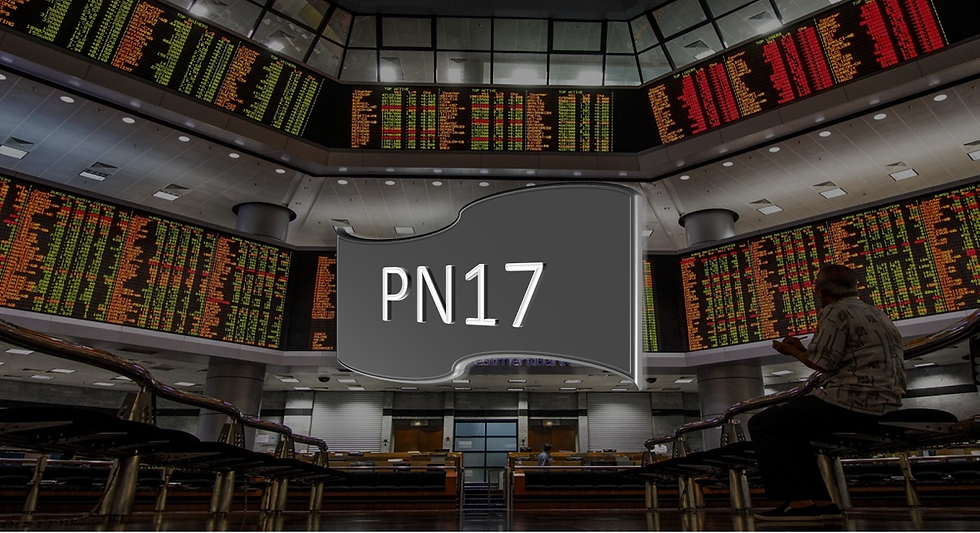What is a Dividend value trap?
- alan cheng

- Sep 23, 2022
- 2 min read
Updated: Oct 7, 2022

A company offering a good yield. And you think that you can 100% rely on it.
A simple calculation:
If the company paying 6% or 7% (D/Y is 6 or 7), And I invest with Rm1 million ringgit. Per annual I can get back Rm60,000 or Rm70,000 every year.
Theoretically, this is not wrong, yet I couldn’t say it’s right. The reason being is that the dividend yield (D/Y) is not fixed. The share price is volatile, and the management might change the dividend policy due to certain circumstances.
TopGlove is the best example. It is not that the company is not good. When the share price pulled back from Rm9.76 to Rm5.0. Friends were telling me TG is on discount! 50% DISCOUNT!! In addition, they announced an Rm0.252 dividend equivalent to a 5% dividend yield. And today the share price is just Rm0.7. My friend just lost 86% of his capital and he just doesn’t know what to do. I couldn’t say much to him as he is not chasing high, fundamental was strong and the company offers a very good dividend yield.
This is what we called Dividend Value Trap.
Can this Dividend Value Trap be avoided? My answer is yes. Let me explain further.
How To Avoid Dividend Traps
1) Market Direction or Share Price Direction

Stock Price falling. Stock price falls will showed higher dividend yield as the dividend yield is calculated by using the historical dividend data. This means that DY calculations are using the past 12 months of dividends divided by the current stock price.
You must:
- check the company before you invest in it. OR~
- monitor the stock price closely. If the stock price falls to a certain level, you might
consider to cut your position.
2) Payout ratio
The payout ratio is used to examine if a company’s earnings can support the current
dividend payment amount.
Simple calculation, total dividend pay out divided by net profit.
For example, if the company makes $1 million in profit this year, and pays out $200,000
in dividends, the payout ratio is 20%.
If the company makes the same amount but is paying out $2 million dividends, the payout ratio is 200%, and the company is going into debt just to pay shareholders.
Obviously, something is wrong here. Another way to calculate the payout ratio, You can simply use the Dividend per share (DPS) divided by Earning per share (EPS)
A standard normal dividend payout ratio of 30 – 50% is considered healthy, while anything above the 50% level is often not sustainable. 3) Company management and company business.
- You may need to check the company dividend policy (Which could be raise or reduce the dividend payout from time to time)
- Another reason could be something wrong with the business itself.
Summary/ conclusion,
Check the counters before you invest in. Don’t be greedy as there is no free lunch in the world, especially in Bursa Stock Market.



Comments